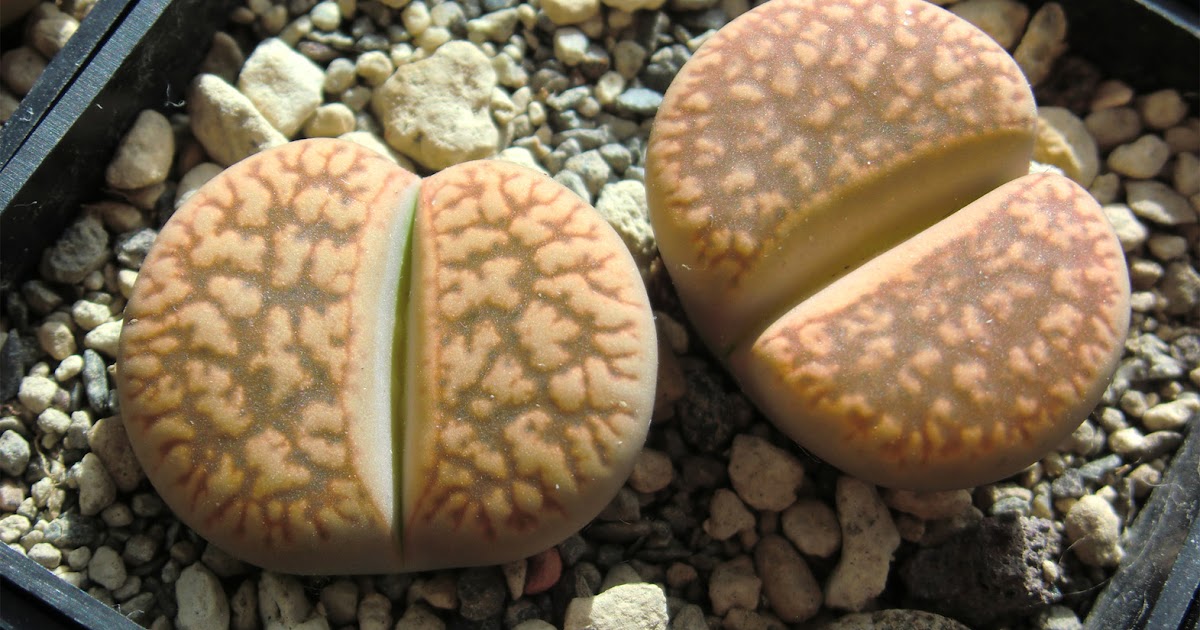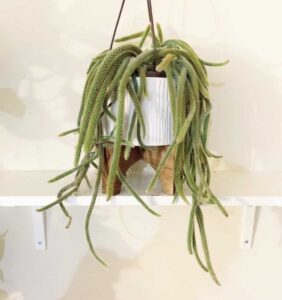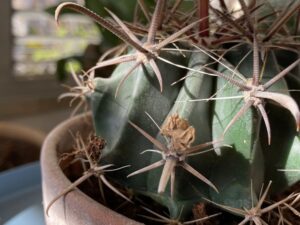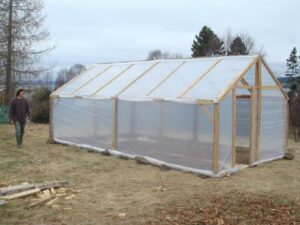When one thinks of succulents, the enchanting world of Lithops often springs to mind. Distinctive in their appearance and intriguing in their growth habits, Lithops—often called “living stones”—resemble small pebbles or rocks in their natural habitat. However, an essential question arises: how big do these remarkable plants actually get? Understanding the size and growth of Lithops can fundamentally alter your approach to cultivating these botanical gems. This exploration will delve into the nuances of Lithops development, offering insights into their size limitations and the various factors influencing their growth.
As an organism, Lithops exhibits unique characteristics that set it apart from conventional houseplants. Their size varies according to the specific species, environmental conditions, and cultivation practices, leading to a fascinating diversity in their appearance. While most Lithops will typically reach a height and diameter of about 2 to 4 inches, some species may exhibit a creep towards larger proportions. This variability invites both seasoned horticulturists and novice green thumbs to approach their care with curiosity.
The allure of Lithops is in their deceptive simplicity. Resembling rocks, these plants possess a clever adaptation strategy that aids in their survival in arid regions. As they grow, they often form clusters, creating a miniaturized landscape that feels alive yet discreetly rooted in the earth. Over time, under optimal conditions, Lithops can produce offsets—small plants that emerge from the parent, contributing to a more expansive growth. This aspect becomes critical for those interested in propagation, as it emphasizes a nurturing approach to their cultivation, ultimately revealing the hidden potential of these charming flora.
The fascinating interplay between lithophyte adaptation and cultivation truly piques curiosity. Observing how Lithops manage to thrive in dry and harsh environments emphasizes their resilience while simultaneously raising questions about what conditions lead to optimal growth.
Moreover, the ebb and flow of Lithops growth are seasonally dictated. Typically, these plants experience an active growing phase in the late summer and early fall, followed by a dormant period during the winter months. Understanding this rhythm is crucial when it comes to watering, feeding, and repotting, as improper management during these phases can hinder their development.
Get ready to examine the growth factors that influence Lithops size more closely.
Enviromental Factors: Sunlight, Temperature, and Soil
One cannot overlook the critical role that the environment plays in determining the size of Lithops. These plants are accustomed to specific conditions inherent in their native habitats. For instance, they prefer bright daylight, with optimal growth occurring in areas that receive indirect sunlight. Too much direct sun can scorch the delicate leaves, while insufficient light results in etiolated growth—where the plants stretch and weaken in an effort to reach the light source. Therefore, finding the perfect balance is essential to a lithophytic paradise.
Temperature, too, is paramount. Lithops thrive in warm conditions, with an ideal range between 65°F to 80°F during the day and slightly cooler temperatures at night. Such environments enable these gems to flourish and grow to their full potential. When temperatures drop below 50°F, growth can stall, and plants may become more susceptible to rot. Thus, ensuring a controlled microclimate is critical for optimal health.
Equally significant is the soil composition. Lithops prefer a well-draining soil blend that simulates their native, sandy habitats. A mixture of potting soil with coarse sand or perlite is often recommended to promote drainage while allowing for the necessary aeration. This specialized soil mixture largely influences their size; retaining excessive moisture can lead to root rot, drastically stunting their growth.
Watering Regimen: The Delicate Balance of Hydration
Watering Lithops demands a nuanced approach. These succulents have adapted to store water within their leaves, rendering them drought-tolerant. Underwatering may lead to shrivelled or flat plants, while overwatering can evoke a rapid decline, causing rot that can be fatal. During the growing season, a consistent and careful watering schedule is essential, allowing the soil to dry completely between intervals. In contrast, during dormancy, watering should be curtailed significantly, enabling the plants to enter their rest phase without distress.
Propagation Techniques: Expanding Your Lithops Collection
For those enchanted by Lithops, propagation provides an exciting avenue for growth. The offsets produced can be gently removed and potted separately, allowing new plants to develop. This process not only contributes to a larger collection but also encourages garden aesthetics that embody the beauty of clustering found in nature. Additionally, seeds can be cultivated, although patience is required as these seedlings are initially quite small and delicate.
In conclusion, understanding the size and growth characteristics of Lithops reveals a broader narrative about adaptation and resilience in the plant kingdom. As we admire their compact beauty, we also glean insights into the intrinsic connection between size, environment, and care. This knowledge inspires a deeper appreciation for these unique succulents, urging enthusiasts to cultivate not just a plant, but a living testament to nature’s ability to thrive against all odds. Whether you’re new to the world of Lithops or a seasoned collector, revealing the mysteries of their growth fosters a flourishing relationship with these delightful living stones.




Leave a Comment